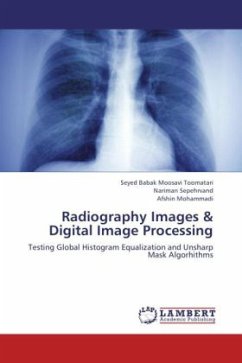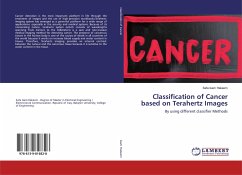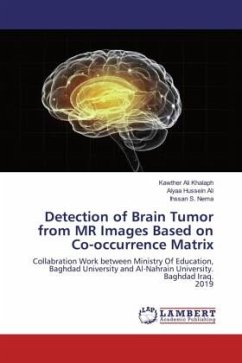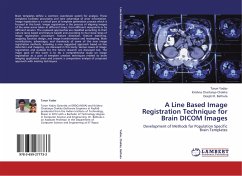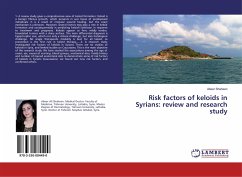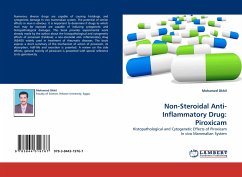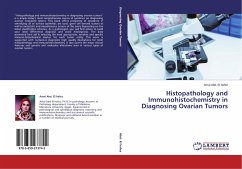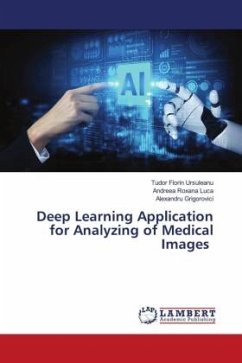
Analysis of Digital Histopathology Images for Breast Cancer Diagnosis
Versandkostenfrei!
Versandfertig in 6-10 Tagen
27,99 €
inkl. MwSt.

PAYBACK Punkte
14 °P sammeln!
A biopsy sample is usually taken to detect cancerous cells. The biopsy sample is sliced into thin segments and mounted over a glass slide under a microscope for determination of the extent of the disease. With the advent of digital scanners and image processing capable computers analysis of histological slides have become easier and the different pre-processing and segmentation processes helps faster identification and characterization of a malign tissue. Tissue samples mounted on glass slides and transform them into digital images that can be shared electronically by Pathologist. The various ...
A biopsy sample is usually taken to detect cancerous cells. The biopsy sample is sliced into thin segments and mounted over a glass slide under a microscope for determination of the extent of the disease. With the advent of digital scanners and image processing capable computers analysis of histological slides have become easier and the different pre-processing and segmentation processes helps faster identification and characterization of a malign tissue. Tissue samples mounted on glass slides and transform them into digital images that can be shared electronically by Pathologist. The various computational processes involved like pre-processing, feature-extraction, post-processing and disease detection (classifying the area of malignancy) are presented.



